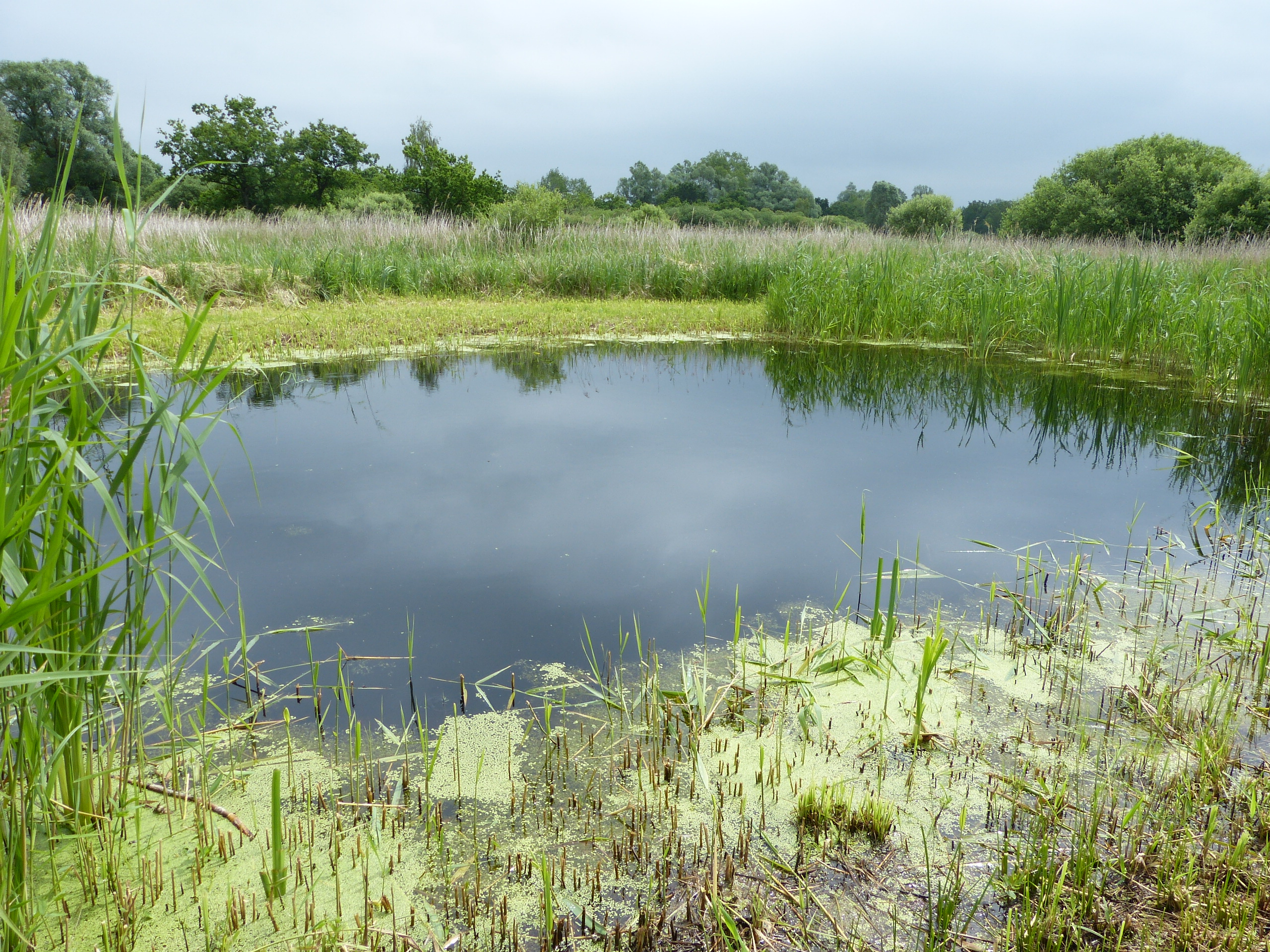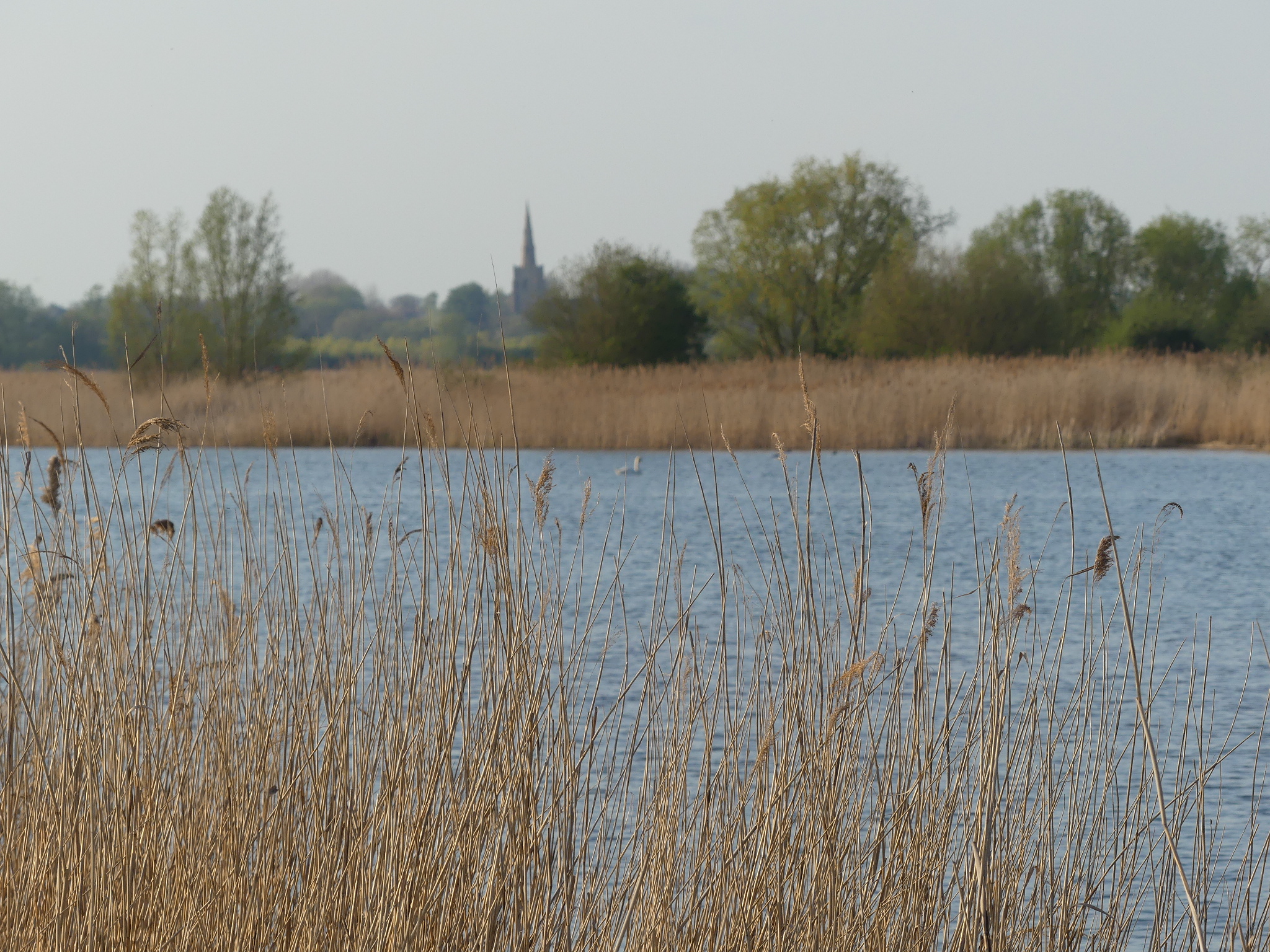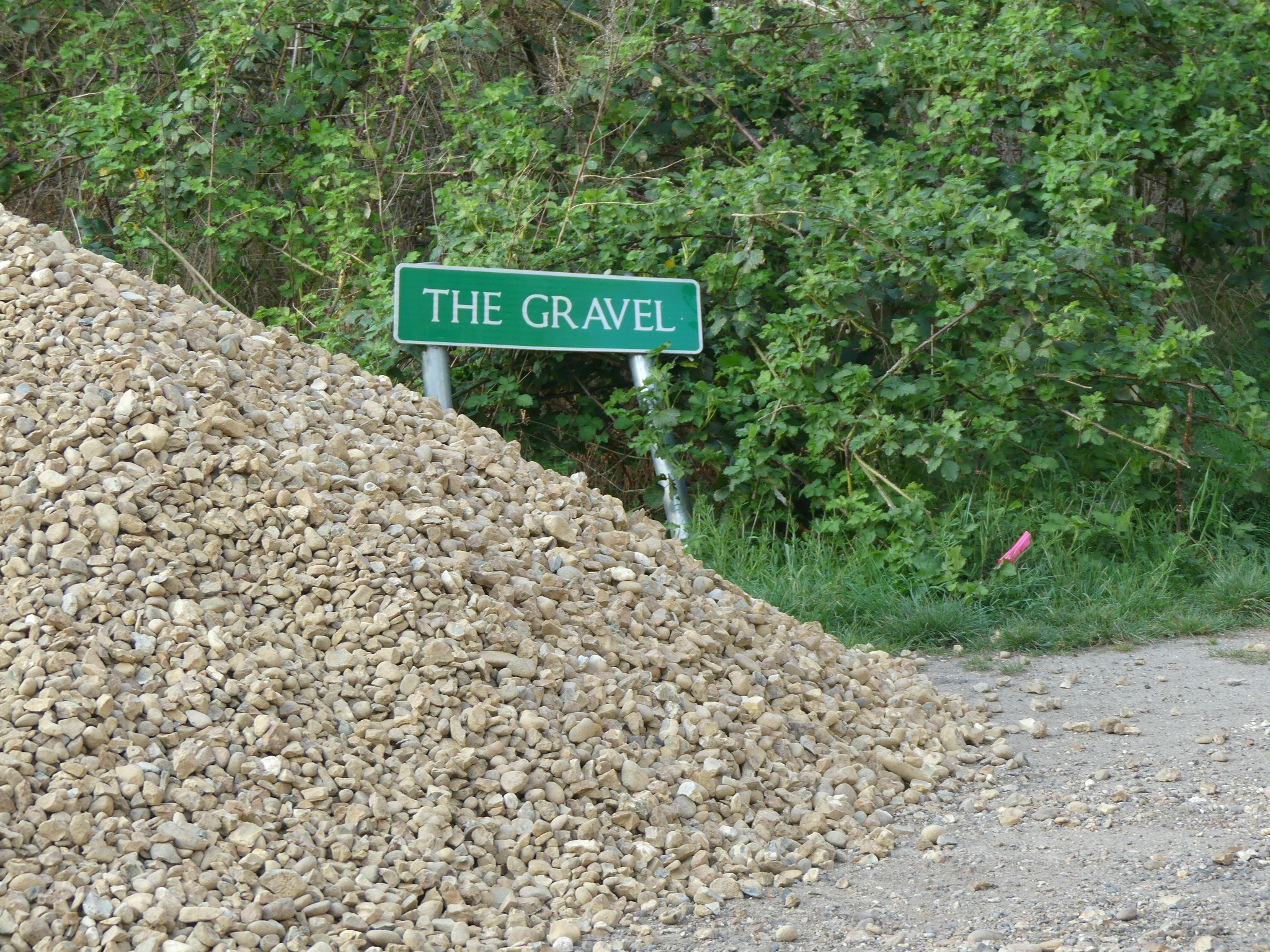

Other Local Geological Sites
Ramsey Heights Brick Kiln and Clay Pits was designated a Local Geological Site in February 2023. The site is a nature reserve containing the remains of a small brick kiln and several small clay pits (now flooded and of value as wildlife ponds) where the Jurassic Oxford Clay was dug to produce both bricks and tiles.
The remains of buildings used by workers and the associated links to local social and economic history add to the interest as does the adjacent waterway that was used for transport by the industry. Its setting within a fenland nature reserve located on the clay, with nearby peat that was used as fuel for the furnaces, adds to its value for geological education as do the facilities and interpretation provided by the Wildlife Trust BCN (Great Fen).
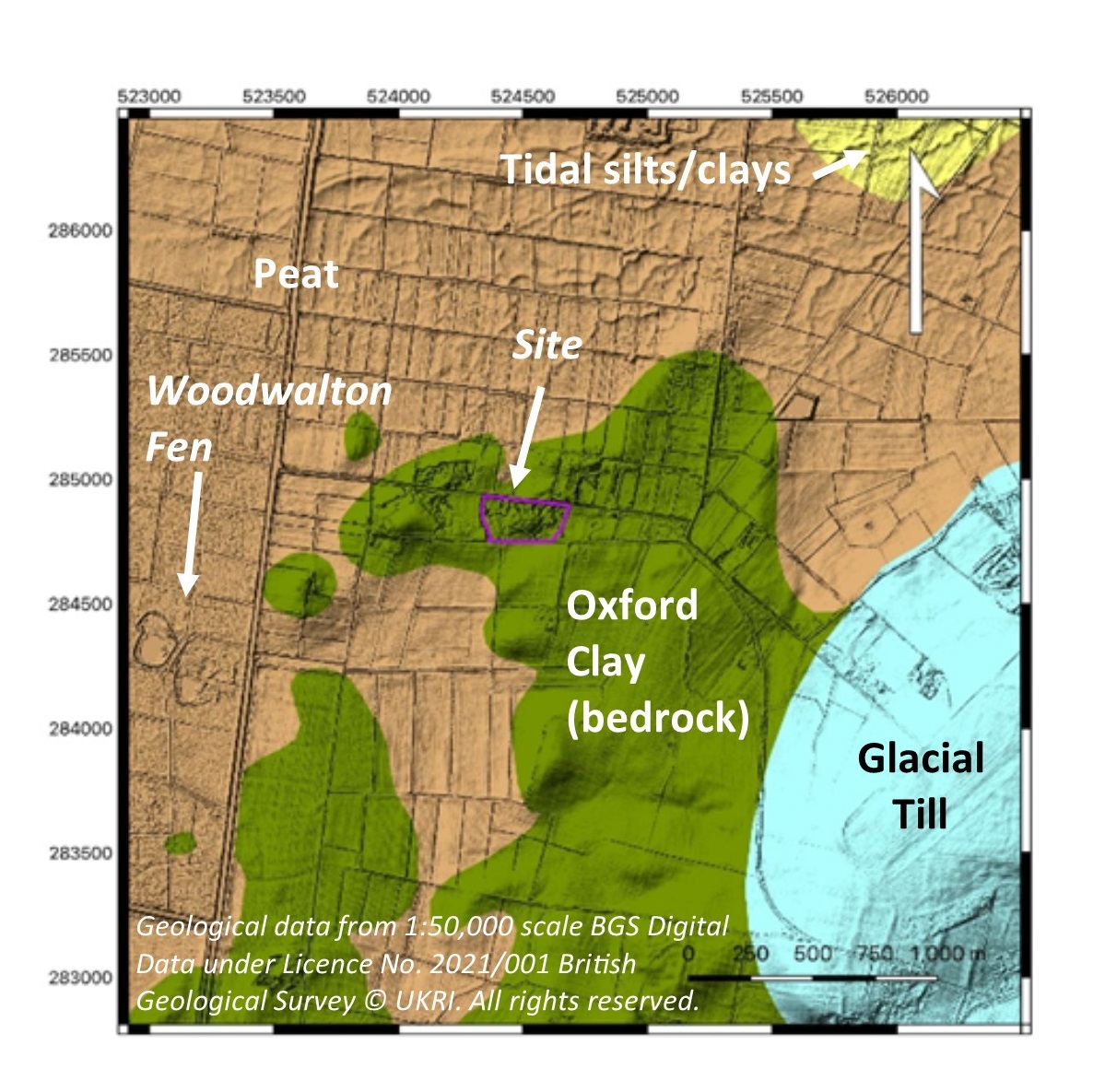
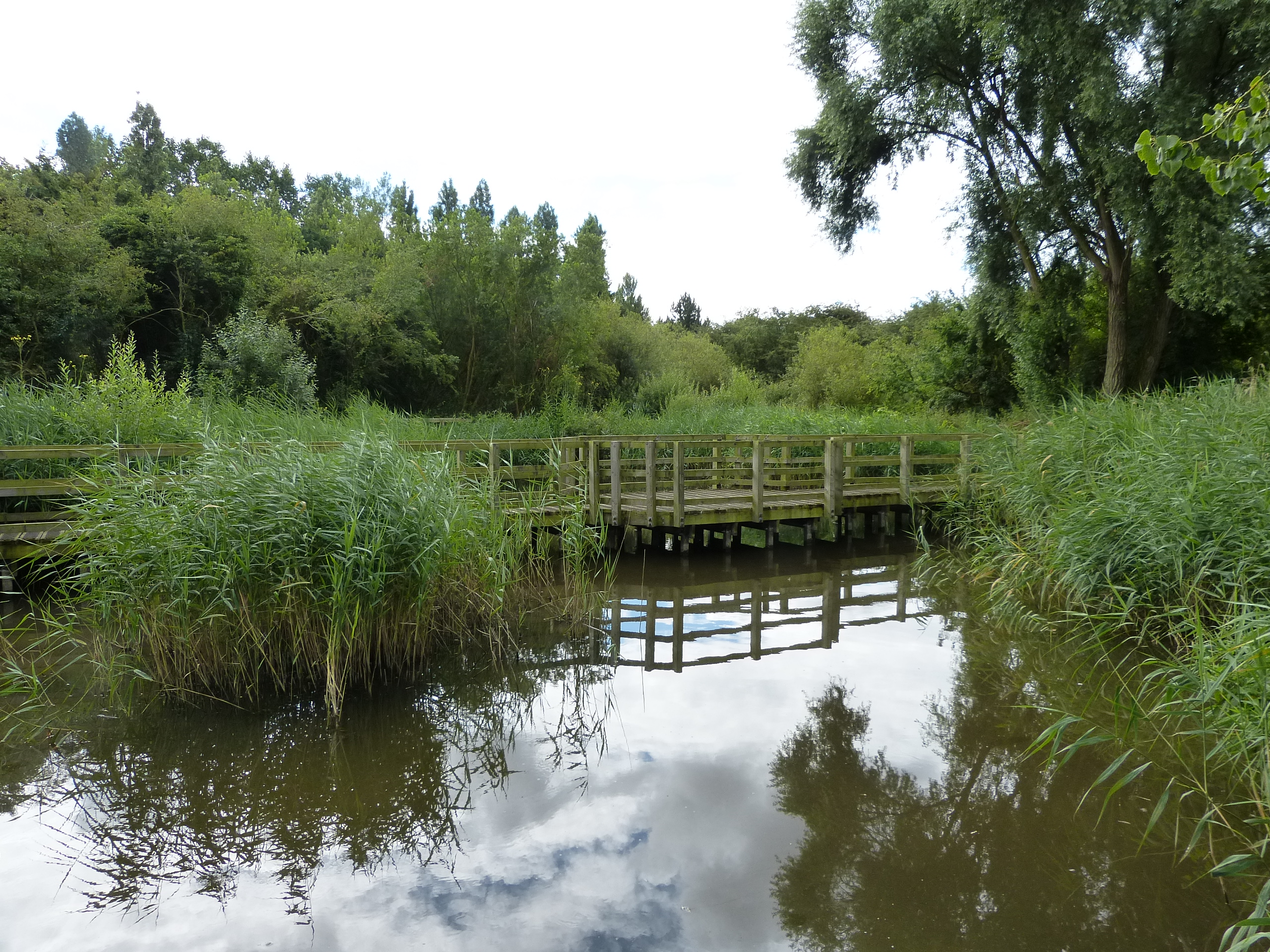
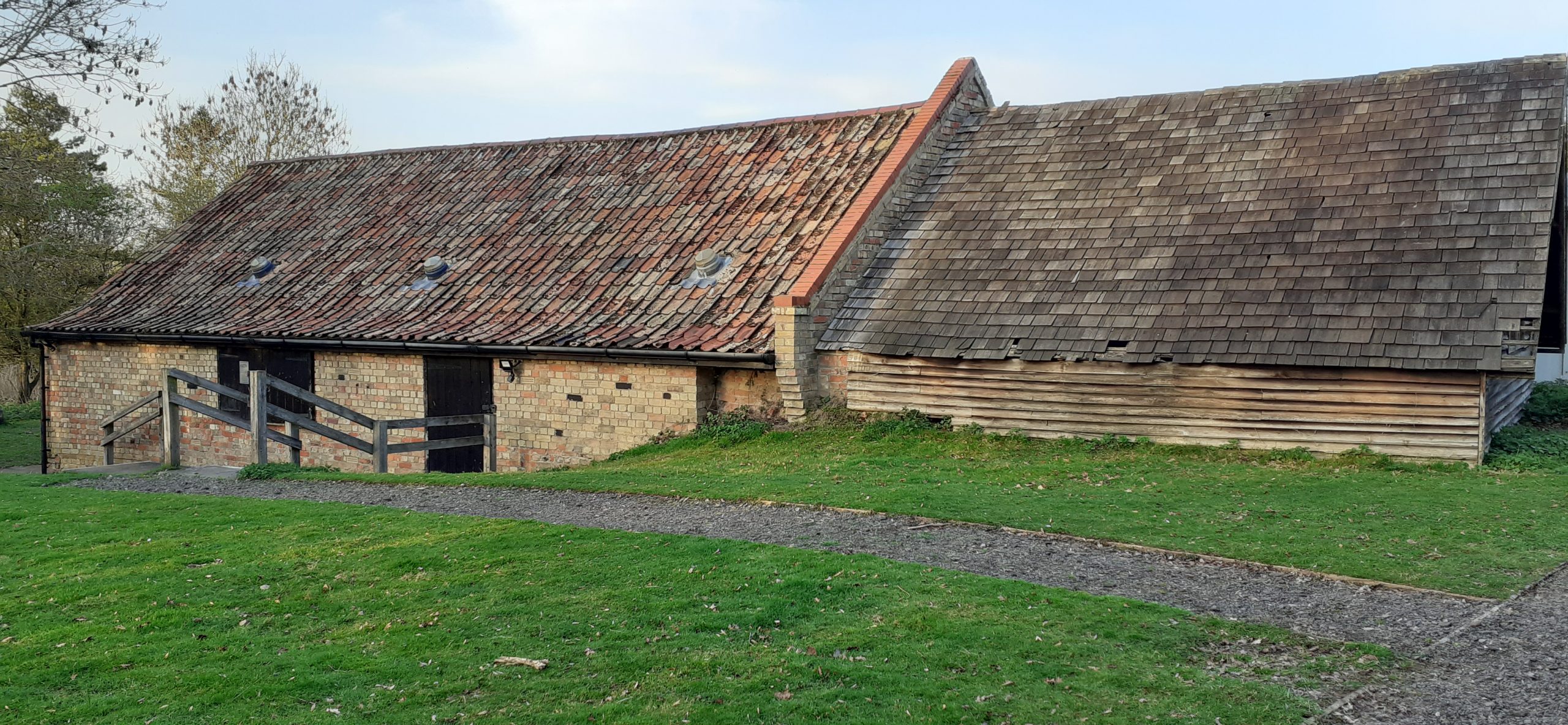
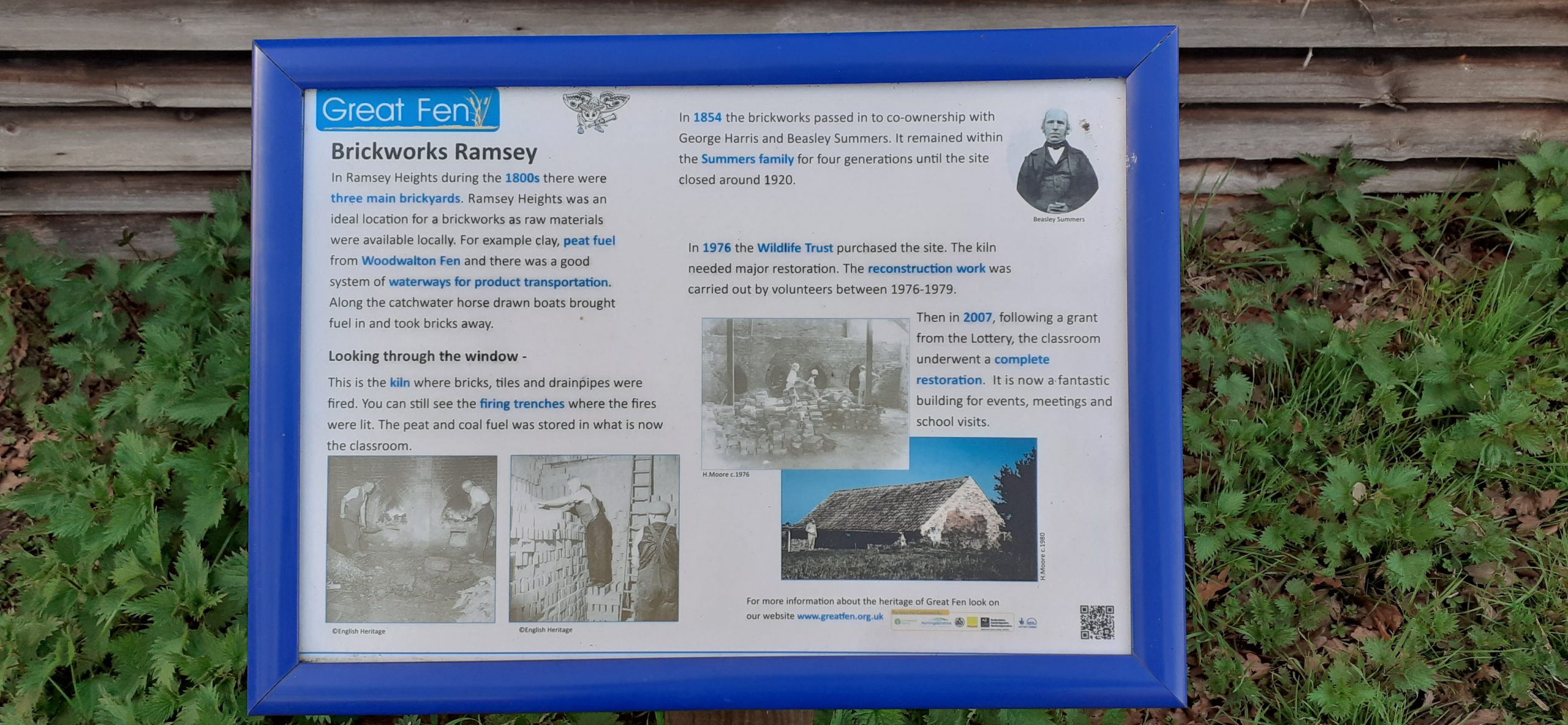
‘Candidate’ Local Geological Sites
These sites are currently being researched for their potential to be designated as Local Geological Sites (LGS). Each are of interest for their geological value. Note that note all of the sites have public access Anglesey Abbey Pit, Soham Mere, Dernsford Reservoir, Fulbourn Fen, West Pit Cherry Hinton, Coploe Pit and Great Chishill Pit.
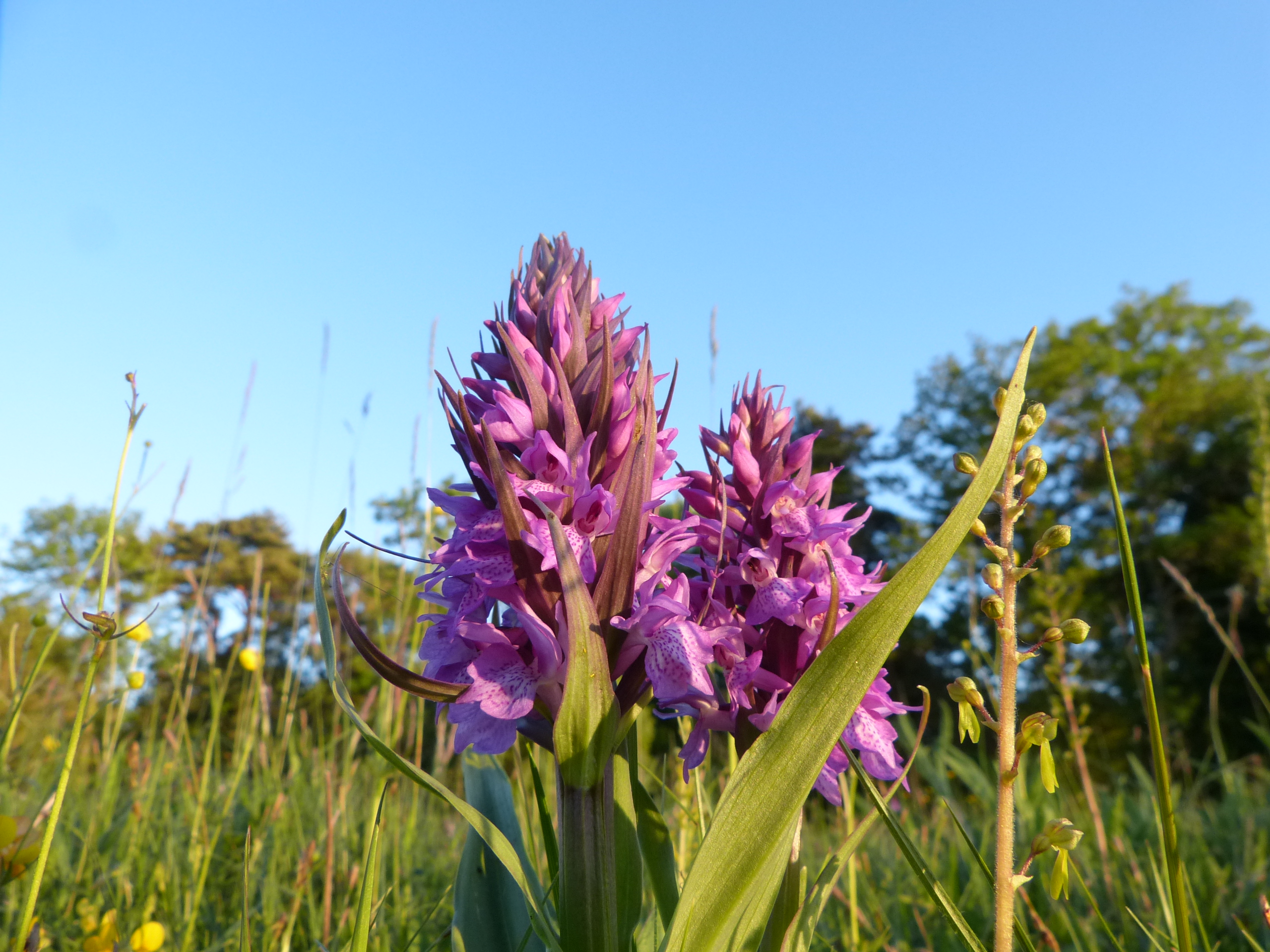
Other sites with geological interest
All mentioned sites here have public access (although there may be an entry or parking charge). Some have geological interpretation on site (*).
Paxton Pits Nature Reserve & Education Centre* (free parking and a Visitor Centre plus WIldlife Trust BCN Education Centre)
Flooded gravel workings in the valley of the River Great Ouse: Gravel has been quarried here since the 1930s from the rich sequence of Pleistocene ‘Ice Age’ gravels resting on Jurassic Oxford Clay. A 200-metre borehole, sunk in 1970 across the river in Great Paxton, has enabled geologists to better understand the last 480 million years of local ‘history’, including the formation of the gravels and the river valley itself – geological history of Paxton Pits.
Woodwalton Fen (free parking, free entry, no dogs, managed by Natural England as part of the Great Fen)
One of only four remaining fragments of the ancient wild fens that once stretched for 1,350 square miles across the area. It is a last haven for many rare fen species and is, a National Nature Reserve, a Ramsar site, a Site of Special Scientific Interest (SSSI) and a Special Area of Conservation (SAC).
Ouse Fen (free access and parking, RSPB nature reserve)
An amazing site that has a fascinating, and now well-researched, archaeological and geological history made famous by the work carried out there by Cambridge Archaeological Unit. Now being restored for nature conservation, this large site lies of the Fen Edge where the valley of the River Great Ouse reaches the Fenland Basin. It has been quarried for its extensive Pleistocene gravel deposits but it also has peat and lake marl from the now vanished Willingham Mere. An brief summary of the research can be seen in this video.
